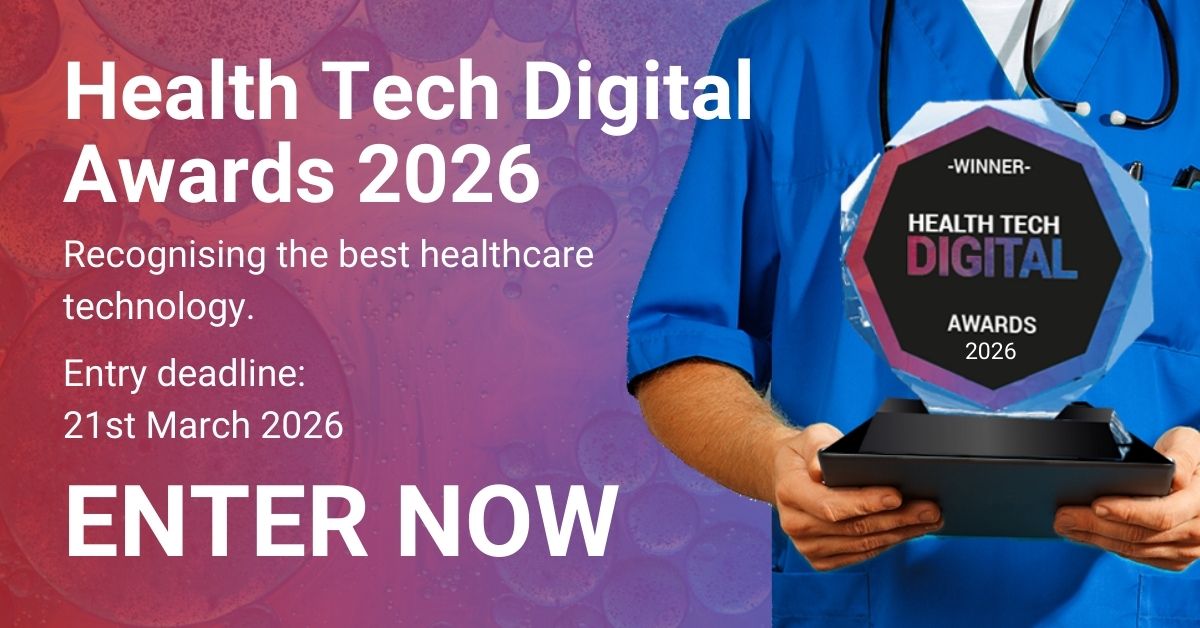
Healthcare is at the forefront of disruptive innovation as life-changing technologies emerge at an unprecedented pace. From artificial intelligence to robotics, the next decade promises to transform the patient experience in ways we can only begin to imagine.
As we approach 2025, several trends are rising to the top that will fundamentally alter how medicine is practiced and received.
Join us as we explore the most exciting developments on the horizon.
The Use of Virtual Reality
Virtual reality (VR) is being utilized increasingly in healthcare as the technology advances. VR uses a headset to immerse users in a virtual 3D environment, creating a sense of presence. This allows for new applications in diagnosis and treatment.
VR shows promise for improving patient care. Doctors can use VR simulations to practice complex procedures before performing them on real patients. This helps enhance their skills. VR also provides insight into conditions from the patient’s perspective. For example, doctors can experience what it’s like to live with dementia or migraine through a VR simulation.
VR is also being adopted as a therapeutic tool. It can be prescribed to relieve chronic pain. A study published on NIH shows VR experiences incorporating behavioral therapy techniques can help ease back pain. It may also help reduce stress and nausea experienced by patients during chemotherapy or other medical treatments. By distracting patients and relaxing their minds, VR appears to lessen the side effects.
However, integrating VR into clinical practice faces challenges that must be addressed for wider adoption. One study reviewed the literature on implementing this technology in healthcare settings. It aimed to identify facilitators, barriers to adoption, and gaps in knowledge.
The review found that stakeholder behaviors and resource issues, such as time, costs, and training needs, can act as both facilitators and barriers. Their impact depends on how these factors are managed. However, few studies guided the systematic introduction of VR through implementation frameworks or change management models.
To maximize VR’s benefits, the review recommends a holistic, multi-level approach to integration. Implementation strategies should target different stakeholder groups like providers, patients, and managers. Objectives and tailored actions are needed at each stage from selection to deployment.
Rise in Online/ Hybrid Courses for Healthcare Education
A recent survey by Statista found that satisfaction with hybrid courses, which combine in-person and online elements, varies. It depends on whether students had a choice in their enrollment. Fifty percent of students who chose a hybrid course were satisfied, compared to only 37% of those without a choice.
Younger healthcare professionals especially prefer online options. According to the survey, Gen Z and Millennial workers value the flexibility of e-learning as it aligns with their digital preferences. Online education allows them to balance work, school, and life without disrupting careers.
This is important for the healthcare industry, which is constantly evolving. New technologies, regulations, training, and certifications help deliver better patient care outcomes. However, healthcare providers have busy schedules caring for patients daily. Attending traditional classes can prevent them from fully practicing.
E-learning provides a convenient way for professionals to stay up-to-date on the latest diagnoses and treatments. It places learning in their hands by allowing them to control timing and pace. Online education also expands access to remote areas without quality medical training previously.
Consider the field of nursing as an example. If you’re concerned that other obligations might force you to abandon your aspirations of becoming a nurse, rest assured that alternatives exist.
To meet the growing demand for flexible education options, universities now offer online programs. Courses like the accelerated BSN programs for non-nurses online are designed for individuals without nursing experience. Another option is the Accelerated BSN (ABSN) program. These intensive courses combine online learning with practical, hands-on experience.
Saint Joseph’s College of Maine states that some universities also offer hybrid nursing programs. These programs combine virtual coursework, in-person clinical practice, and on-campus laboratory sessions with faculty guidance. They often enable students to finish their degrees in a shorter time, sometimes in as little as 18 months.
This makes them an appealing option for those juggling multiple responsibilities while advancing their nursing career.
The Role of Robotics in Healthcare Are Poised to Increase
Robotic process automation (RPA) has started to transform various administrative and operational aspects of the healthcare industry. RPA can handle repetitive workflow tasks such as appointment scheduling, claims processing, and medical billing. This allows healthcare staff to focus more of their time and expertise on patient care activities.
RPA systems can also perform real-time data processing and analysis to improve operational efficiency while reducing human errors.
In clinical settings, robots are increasingly being utilized for specific tasks like dispensing medications and providing assistance during surgical procedures. Their precision and consistency enhance safety outcomes compared to human performances of these activities. As robotics technologies advance, their applications in the healthcare domain continue expanding.
Market research firms have closely tracked the growth of this sector. According to a recent report, the global robotic process automation market in healthcare is projected to reach $3.46 billion by 2028. This reflects a strong compound annual growth rate of 15.1% over this time period.
Key drivers fueling the increased adoption of RPA include cost reduction priorities and demands for enhanced operational efficiency. Shifting care models now emphasize value and outcomes over volume. Additionally, the rising use of technologies like EHR and AI is transforming healthcare operations and delivery.
FAQs
1. What are some important trends in the pharmaceutical industry by 2025?
A: Advanced technologies like data integration, analytics, and more personalized treatment approaches are set to take off in the pharmaceutical sector. This growth is expected to accelerate over the next few years. As access to huge amounts of patient-generated data increases, the ability to turn that information into insights will grow dramatically.
2. What is the future of healthcare technology?
A: Personalized medicine holds great promise for the future, and advances in genomics are laying the groundwork. Moving away from one-size-fits-all approaches, technology may soon enable treatment customized to an individual’s unique genetic profile. This has the potential to yield more targeted therapies with fewer side effects.
3. How will healthcare change over the next ten years?
A: Over the next decade, predictive healthcare powered by AI is positioned to make doctor visits and hospital stays significantly less necessary for many. Through vast data analysis, technology may be able to diagnose and proactively treat issues before symptoms arise. This could represent a major shift toward preventative care driven by always-learning systems.
In the coming years, there will be significant progress in using technologies like virtual reality, online education platforms, and urgent mental healthcare clinics. These innovations will help transform patient care and improve health outcomes.
By 2025, virtual reality applications are likely to become more widespread in medical training, treatment simulations, and therapeutic applications. Online and hybrid learning models will continue growing in popularity to give busy healthcare professionals convenient education options.
Additionally, the establishment of more mental health urgent care facilities can help address the pressing need for accessible psychiatric crisis services. As these trends develop further, they promise to enhance healthcare delivery and quality of life for patients in groundbreaking ways. The emerging innovations highlighted here show that the future of medicine looks bright.











